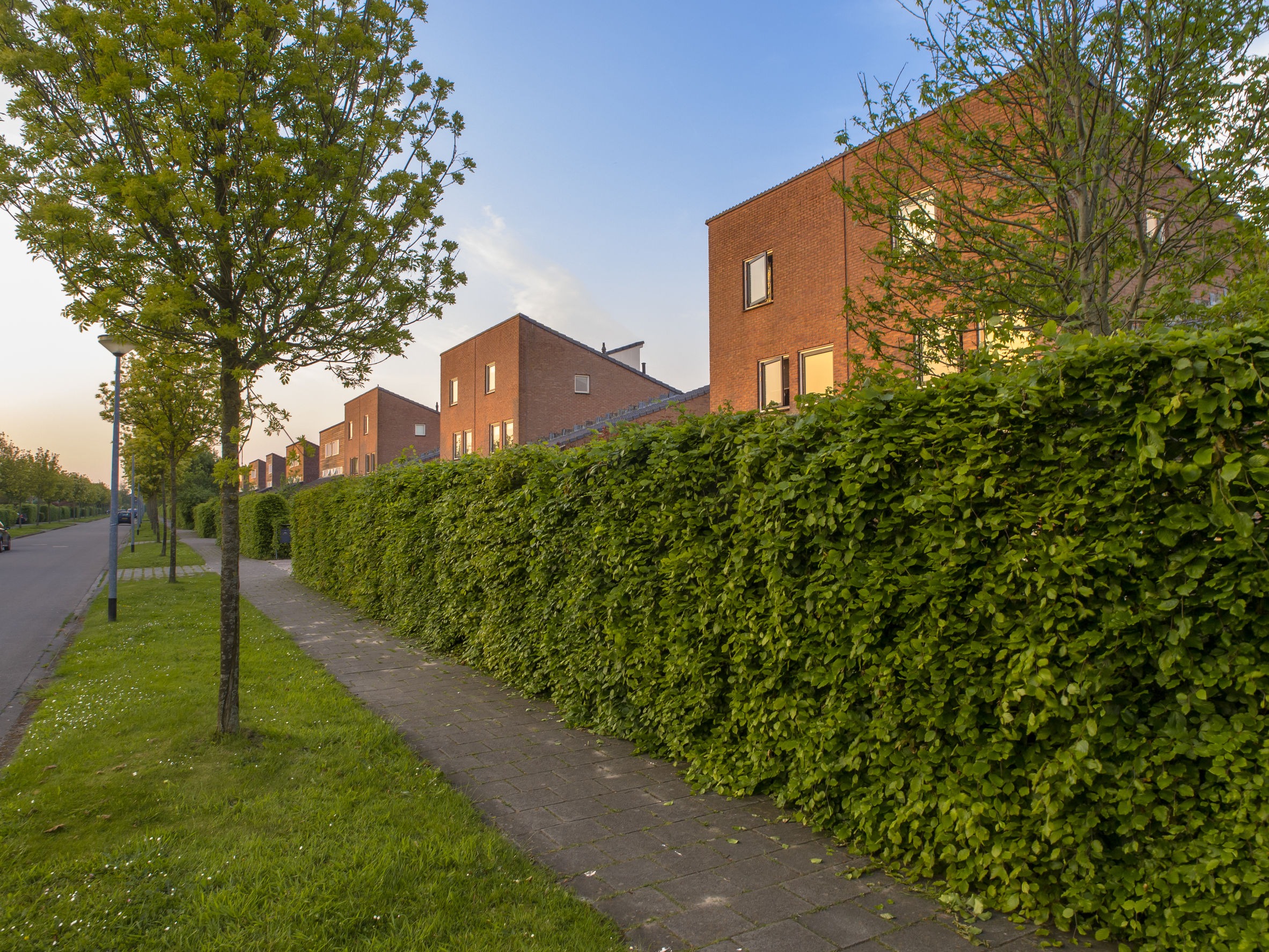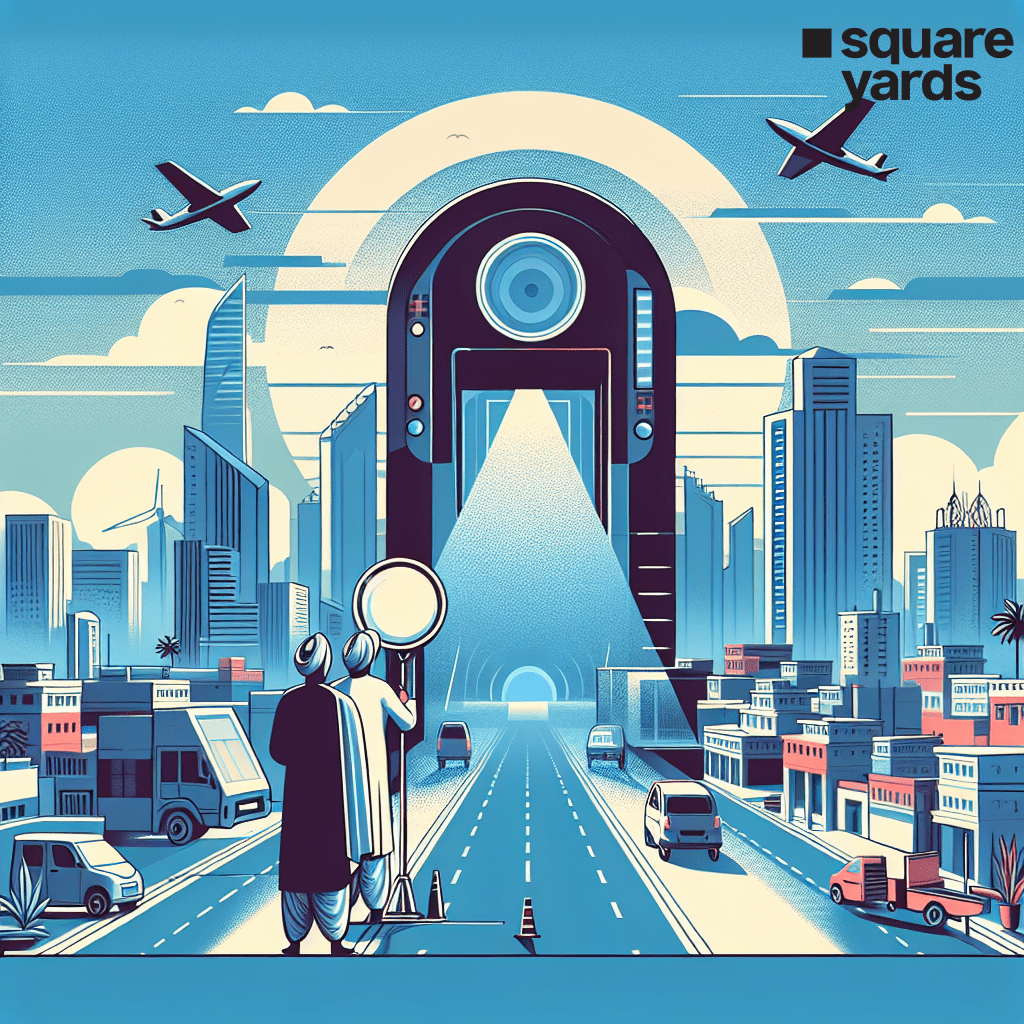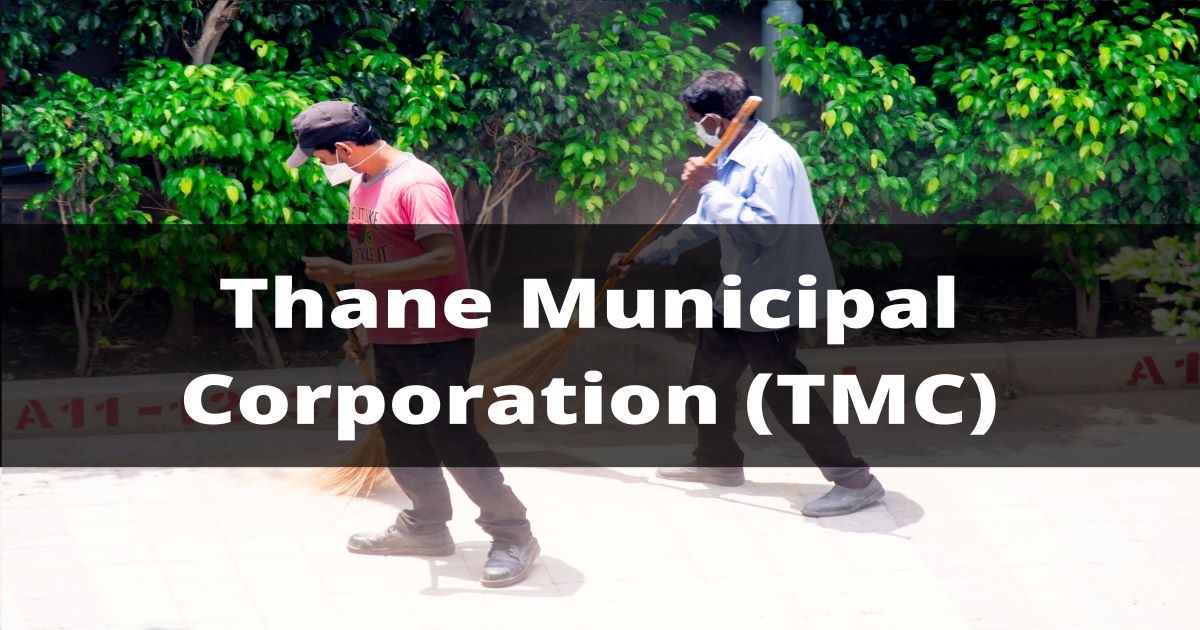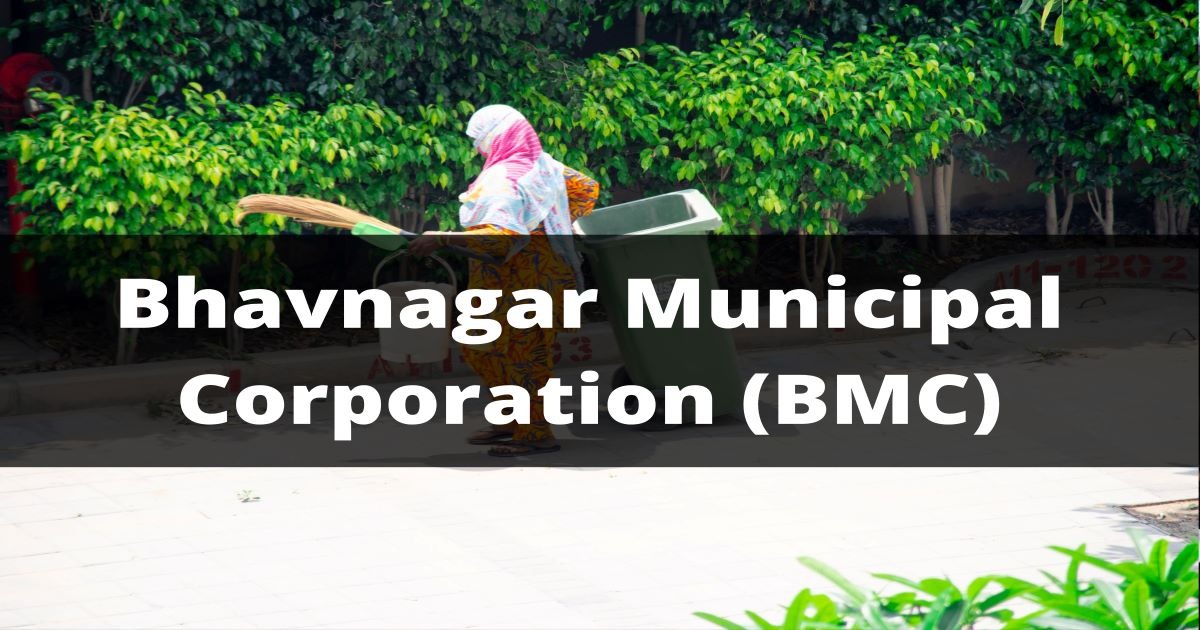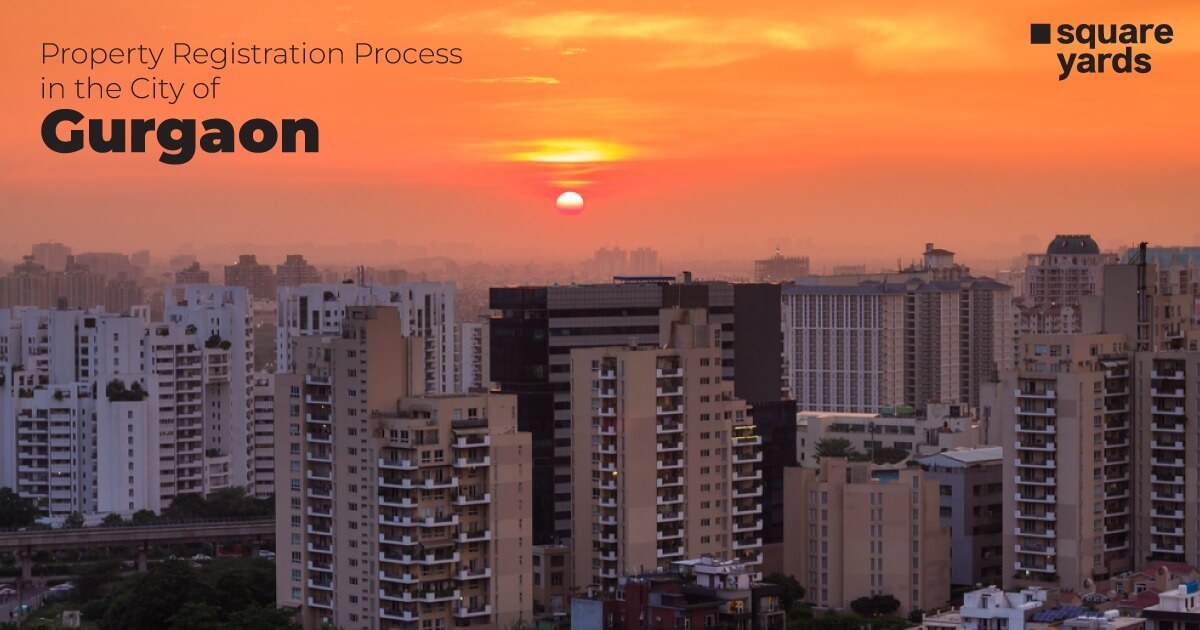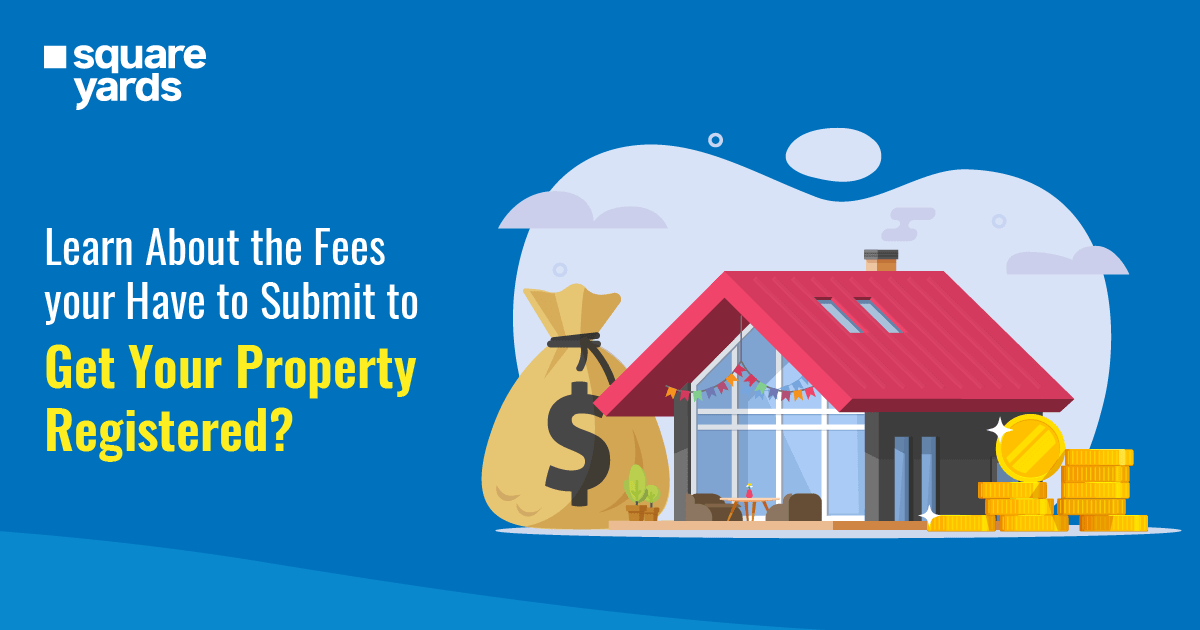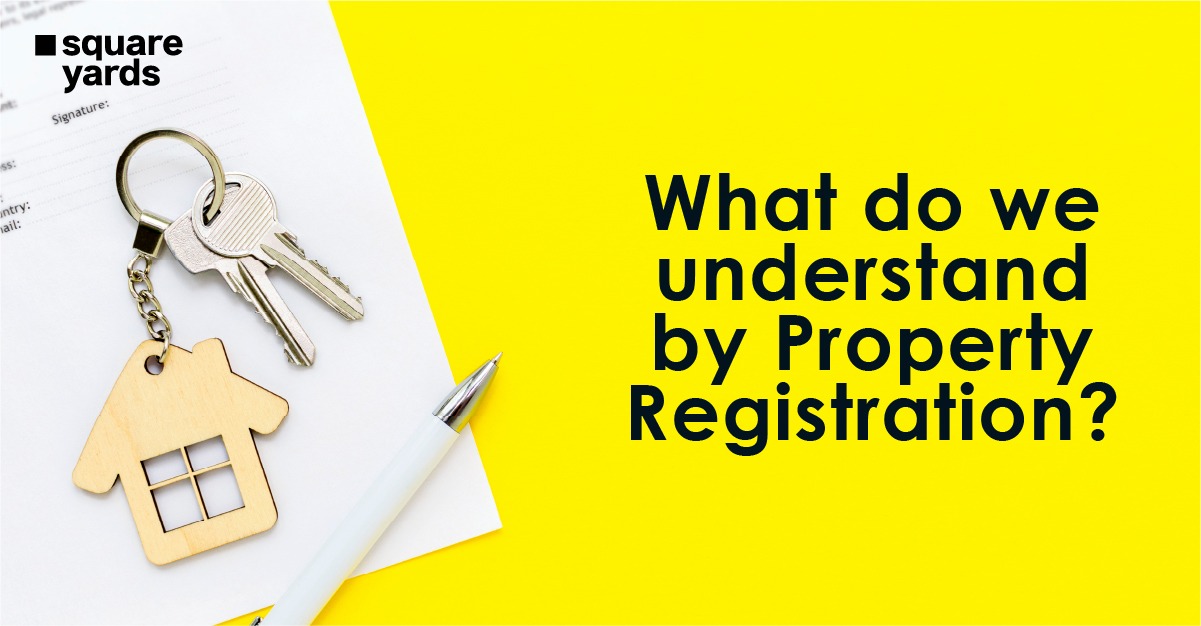For many people who grew up in a house, moving into an apartment can be a jarring experience. The confined space, the lack of community living, and a strong sense of detachment are common amongst apartment dwellers. But with limited space available around all major Indian cities and the skyrocketing property prices make it almost impossible to build a house of your own. This is where Row Houses come in. By blending the ideas of community living with spacious, breathable space of your own, Row Houses are becoming go-to standards across many Indian cities and suburbs, with a sizeable section of the population opting for this new standard. With prices ranging from affordable to luxury, the choices available are on the rise too. Interested in knowing about this new trend? Let’s dig right in.
What is a Row House?
By definition, a Row House is a single-family housing unit that shares its walls with other units with a minimum of three such architecturally uniform housing units in a ‘row.’ The Front, rear, and insides are independent spaces. These are generally low-rise establishments that bear the look of colonial-era houses and are still quite popular in many places globally, especially in European countries. They are also suitable in hyper-urbanized localities where space is premium because of their vertical structure.
One of the earliest examples of Row Houses can be found in Place des Vosges, located in the Marais district of Paris, built in 1605. These were famous amongst the city nobles for social gatherings.
One can also compare Row Houses to a series of bungalows with a uniform layout that shares only their sidewalls (stairways, entry, or exit points are not shared, and neither are the utilities like electricity, water, internet, parking). However, many Row Houses for sale come with community living benefits like common parks, playgrounds, clubhouses, gyms, etc. Row Houses are user-customizable as well, something that a traditional apartment lacks.
Row Houses in India
Row Houses were first introduced in India by the legendary architect Charles-Édouard Jeanneret, better recognized as Le Corbusier, during his creation of the master plan for the city of Chandigarh between 1951-56. Pre-independence British housing was divided into grandiose bungalows and smaller villas or houses, with the concept of apartments or community living largely unknown.
The post-independence population boom, however, mostly grew around tall vertical apartments and houses. Over the past decade, India has been home to many such skyscrapers. The concept of a townhouse or a Row House is being reintroduced since the original idea seems to have been lost.
Variation between Row Houses, Bungalows, and Apartments?
Area:
In terms of the total available area, a Bungalow is the most sprawling of the three, with the house built on an independent piece of land and a strong focus on individuality. Many Bungalows are built on ancestral lands, adding more value to them, while some newer constructions have identified cultural or heritage sites in proximity to building these lavish places of living.
On the other end, an Apartment lacks uniqueness and is the most space-conscious, built primarily for a practical living while enjoying some community benefits. These are preferred by people on a budget who still want to enjoy urban and community scenes.
A Row House lands between both a Bungalow and an Apartment and provides a mixture of benefits that it lends from both these housing structures. You get more space than an Apartment and more community features, yet you do not need to spend a lump sum amount like a Bungalow to own one of these.
Pricing:
When space is the premium commodity in urban areas, it is common that one has to shell out the most amount of money to own a Bungalow. These can range from several crore Rupees to an eye-watering, several hundreds of crores of Rupees depending on the location. A Bungalow is also a very pricey proposition to maintain since the owner bears all the maintenance costs.
An Apartment is tailor-made for customer needs and can be bought at any price point. The prices vary, but when comparing the three, an Apartment is the lowest cost in terms of buying one, but most come with hefty maintenance costs in terms of community space and other amenities.
A Row House again falls in the middle of these two extremes, with price ranges from largely affordable to premium, based on the layout, design, and location. Benefits of a Row House include gated communities that provide ample security, and shared space means you cut down on maintenance costs, thus saving one the headache of multiple expenditures.
Location:
Bungalows used to be prevalent in cities during the pre-independence colonial years since a large part of the population was forced to live in the outskirts. With the advent of the modern hyper-urban lifestyle, more and more people have settled in the cities. A population explosion has occurred in the suburbs, forcing the newer Bungalows to move more and more towards the outskirts. Nowadays, big, spacious Bungalows can only be seen in places that are several miles away from the urban grasp, often tailor-made by their wealthy owners as an escape from the cacophonies of concrete jungles.
Apartments have become prevalent in the urban and suburban landscapes, with their increasing verticality providing staying space for multiple communities at once. With varying prices, apartments remain largely affordable to India’s middle-class and upper-middle-class and continue to house the bulk of the urban population.
Row Houses are still a new and upcoming concept of living in India. With very little space left in most metro cities, Row Houses are few and far between. New Row Houses are coming up in the city outskirts, however, and many smaller cities with more livable areas see larger adoption to this kind of housing style.
Maintenance:
With an independent property, the owner of a Bungalow assumes all maintenance, security, and repair costs. Depending upon the area of the property, this can range from moderate to a hefty sum.
Apartment owners, more often than not, have to pay a large sum of money every month for maintenance, security, and other community-related costs too. This cost, however, varies widely between apartments based on the features offered, location, etc. The community or the association, however, bears the maintenance responsibility.
Row House maintenance costs fall in between an Apartment and a Bungalow. The owner has to bear the costs of maintenance as well as the responsibility of doing repairs etc. The association/community bears security responsibilities in many cases, cutting down the overall costs. However, the total cost of maintenance is markedly lower than that of a Bungalow.
UDS Share:
By being an isolated property, a Bungalow has the highest Undivided Share of Land (UDS). An Apartment has the lowest since the common areas include stairways, lifts, and other amenities, and the UDS is limited to the apartment area for an owner. A Row House is in the middle of the two since it is not an independent property like a Bungalow yet has higher UDS than a traditional Apartment.
Valuation of Row Houses in India:
Like other housing establishments, prices of Row Houses in India vary widely based on the city, location within that city, amenities, features offered, land value, etc. The price is also affected by the developer’s brand, connectivity nearby, and the target demographic for the Row Houses. For example, Row Houses in NCR will be priced differently than those situated in Bengaluru or Pune.
- In Hyderabad, the price of a Row House is anywhere between ₹39 Lakhs – ₹9 Crores.
- In Bengaluru, ₹15 Lakhs – ₹20 Crores.
- In Pune, ₹20 Lakhs – ₹16 Crores.
- In Gurugram, ₹29 Lakhs – ₹18 Crores.
- In Chennai, ₹10 Lakhs – ₹12 Crores.
- In Noida, ₹12 Lakhs – ₹10 Crores.
By analyzing these prices, we see that the offerings vary quite a bit and hence present interested buyers with many choices. Prices of Row Houses are expected to fluctuate even more as many builders adapt to this new housing style.
Benefits of staying in a Row House:
The benefits of Row House are manifold. Have a look!
Lower Construction Costs, Great Value for Money:
Since Row Houses are built together, they incur lower construction costs than an Apartment Complex or a Bungalow. They also promote better living space by sharing community space and reducing upkeep/maintenance.
Fit for all kinds of families:
A Row House, by offering a mixture of benefits from both an Apartment and a Bungalow, fits all kinds of families. Joint family? Sure! Nuclear family? Why not! Elderly couple? Couples with pets? There are Row Houses that fit all these needs.
Uniform, spacious architecture and aesthetics:
The uniform, aesthetic nature of a Row House coupled with its spaciousness boosts a good, healthy, urban lifestyle that is a rare commodity in today’s fast-moving world.
Better UDS than traditional apartments:
UDS for a Row House is much higher than a traditional Apartment by virtue of the type of property and style of ownership. An Apartment is part of a bigger complex that is built on a plot of land. Hence the UDS per owner is minuscule compared to a Row House that is limited in number per plot. As land prices appreciate, the value of the Row House in tandem with the larger UDS retains more value than an Apartment of similar price and size.
Shared façade, Community Living:
Row Houses share facades amongst them. While this cuts down on the overall construction and maintenance costs, it also promotes the idea of shared living yet respecting private space. This unique harmony of two categorically different ideas makes Row Houses a niche among all traditional housing establishments.
Sustainability:
By cutting down unnecessary costs, Row Houses promote sustainability. Many Row Houses also harvest rainwater and use Solar Power to provide electricity to its residents, further bolstering the idea of sustainable, greener living that has become essential in today’s world.
Uncompromised Privacy, retaining individuality:
Although the Row Houses in a ‘row’ may be identical in architecture, the limited nature of the property ensures individuality is maintained amidst all its dwellers. By giving the residents more space to express themselves, this expression is further expanded. From different exterior colors to hanging gardens to bright doors and windows, Row Houses have become a symbol of the individualistic expression of living in many countries.
Row Houses also preserve privacy by removing non-essential community spaces and amenities. With only the walls as a personal artifact being shared among residents, family time and moments are safeguarded from unnecessary attention and prying eyes or ears.
How to estimate UDS of a Row House:
Undivided Share of Land or UDS is a part of the land held by a property owner, be it an Apartment or a Bungalow, or a Row House – on the plot that the property has been built. In the case of an Apartment, every owner has some UDS, but it is often the lowest compared to a Bungalow or a Row House because of the plot being owned by multiple owners (one for each Apartment). For a Row House, if it is built on a single plot of land, UDS in Row House is much higher. This results in a much better appreciation of the property when it comes to land price appreciation since the two are closely related versus an Apartment of the same value.
Wrap-up:
Row Houses were once the backbone of noble society and social gatherings in many Western European countries and have since become a symbol of community living there, promoting an idea of sustainability in this world filled with tall skyscrapers. With their unique way of mixing modern lifestyle, aesthetics, and retention of individuality and resident privacy, and for being welcoming to almost every type of family, Row Houses are the perfect middle point between the confined space of an apartment and the unattainable lavishness of the lonely Bungalows. In India, introduced in the 1950s by a celebrated architect, Row Houses had largely stayed away from public fancy until recently, when many developers reintroduced it to the city-dwelling society. Row Houses are much better in terms of investment, too, since they have a higher price retaining power by virtue of their higher UDS than apartments of their class. One can only hope that with the urban living space running out fast, the only sensible replacement for the gigantic skyscrapers is going to be rows of houses that are built the same way but do not look the same.
FAQ’s
1.How cheap are row houses?
– Not very cheap as they are scarcely available. Prices may vary for places where land is insufficient.
2.What is one of the common characteristics typical of a row house?
– The architectural treatment for all row houses is uniform.
3.How many row houses can exist together?
There isn’t much specificity about it, but usually, it has to be at least three dwellings per row for this type of development.
4.Can these types of houses cater to everyone?
– Most row houses have a pleasing and practical architecture with many modern amenities at affordable prices.
5.wAre they more affordable than bungalows or apartments?
– For a first-time buyer or investor, it is better to shift to a row house than any other dwelling choice.


